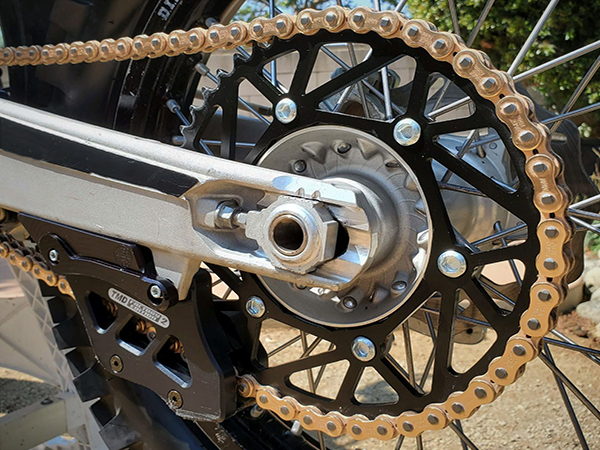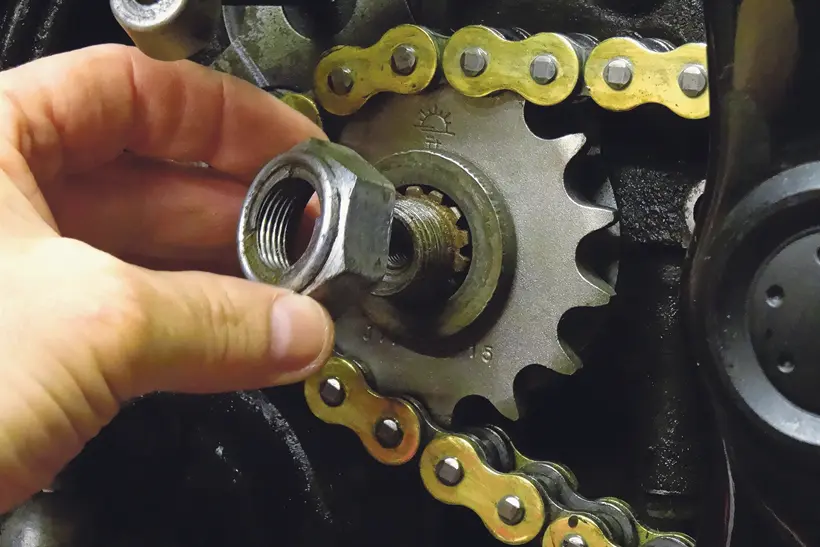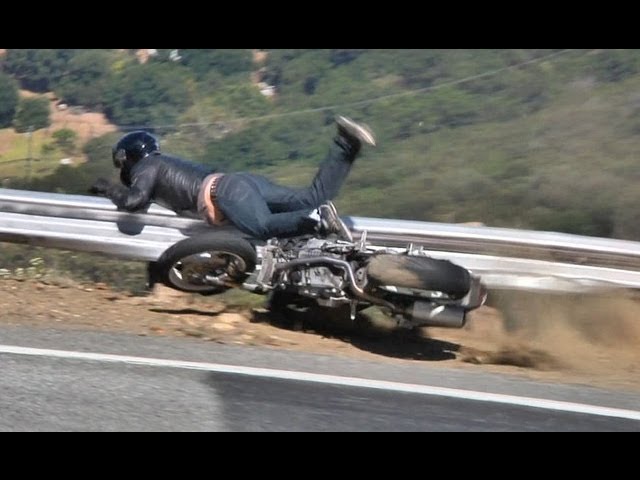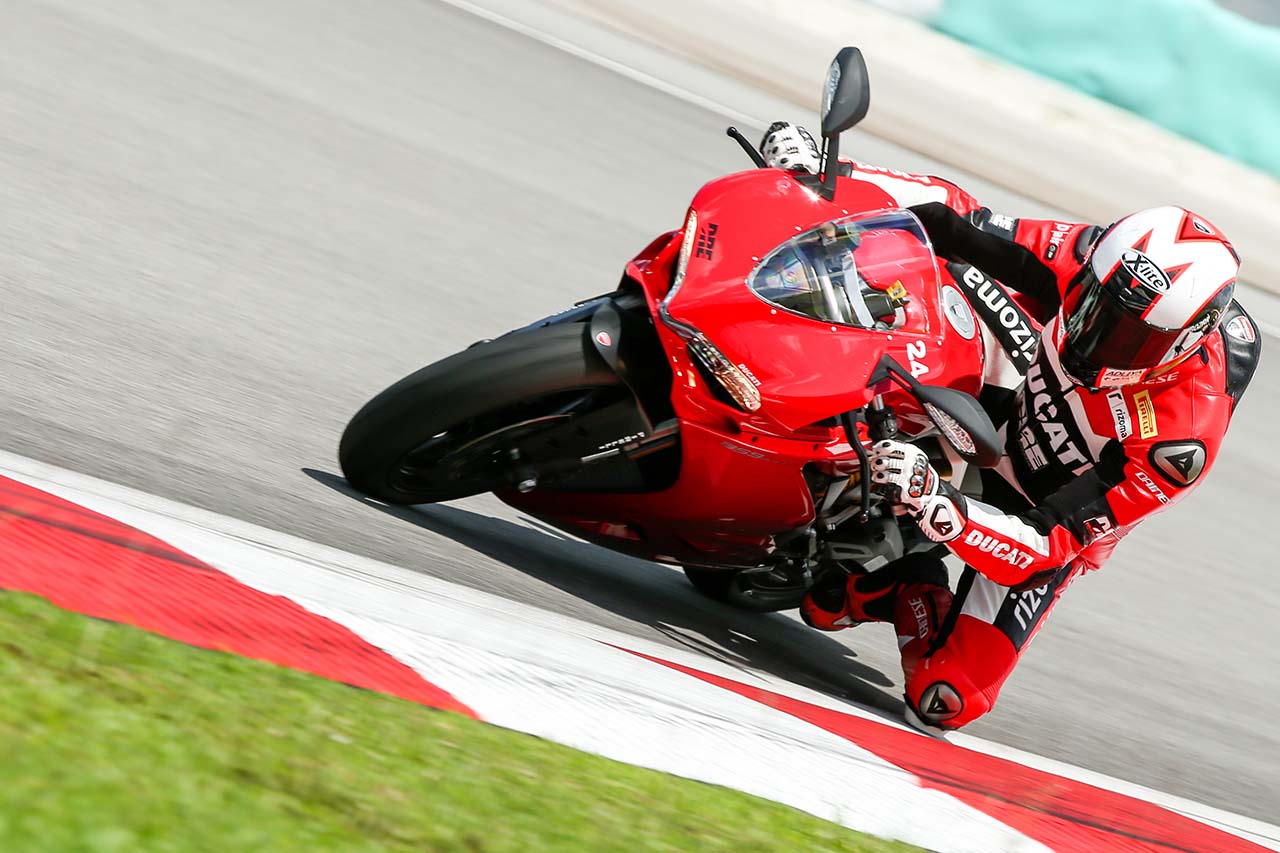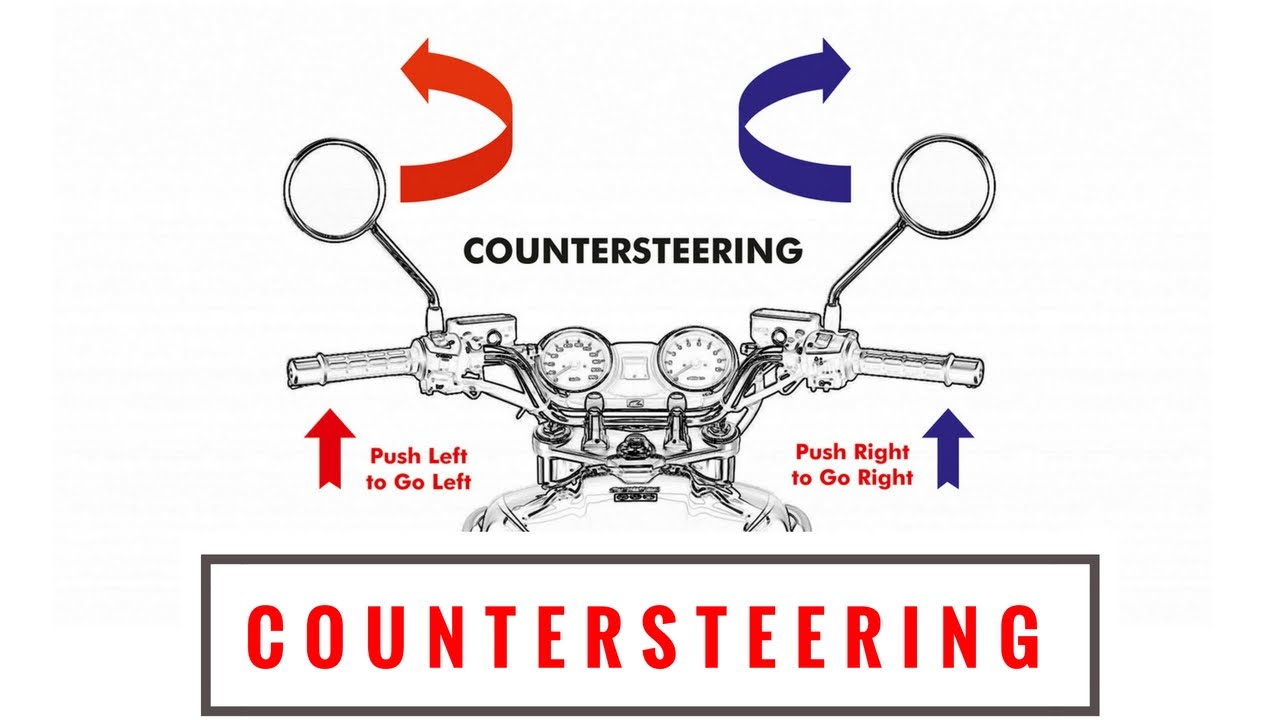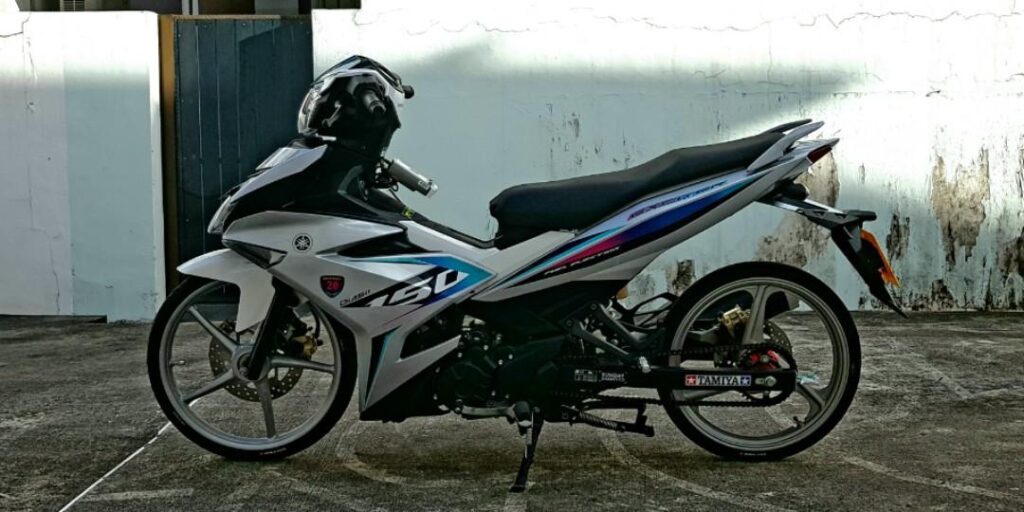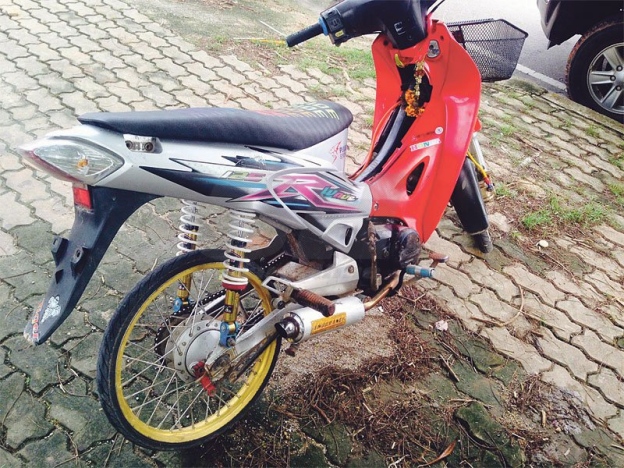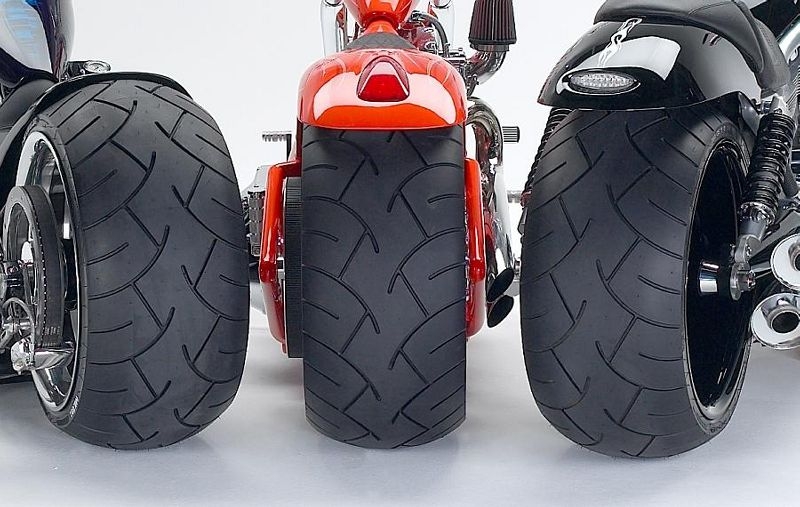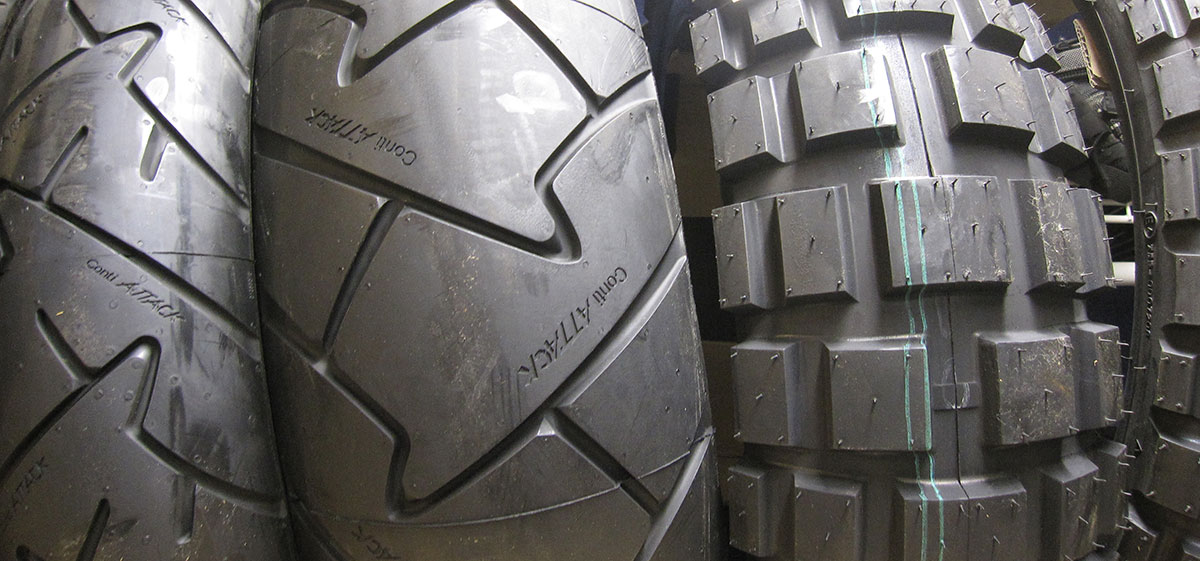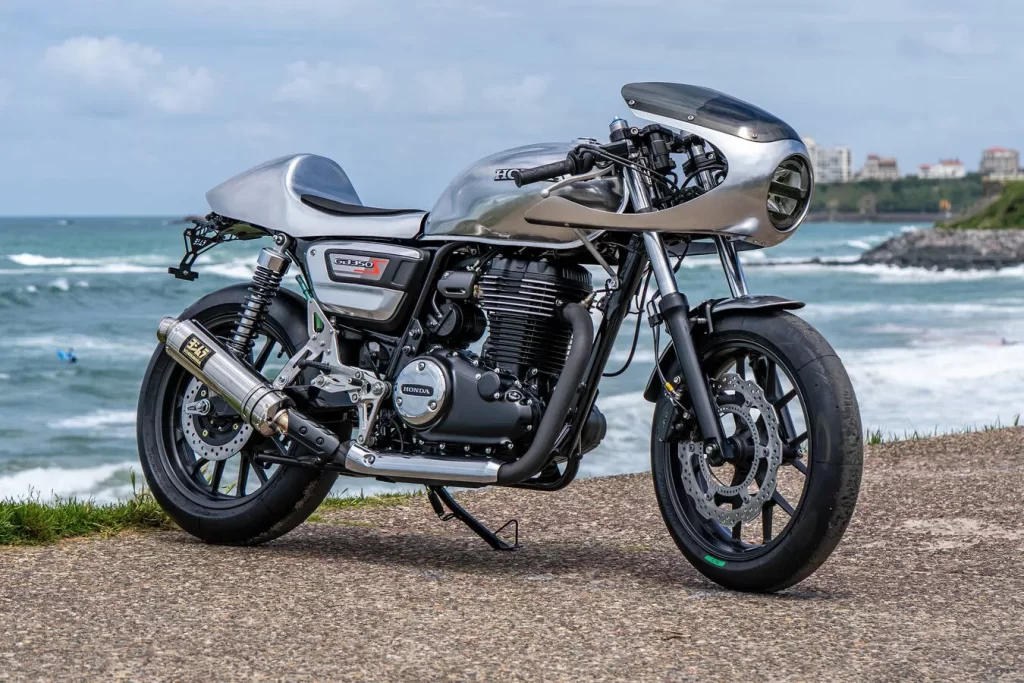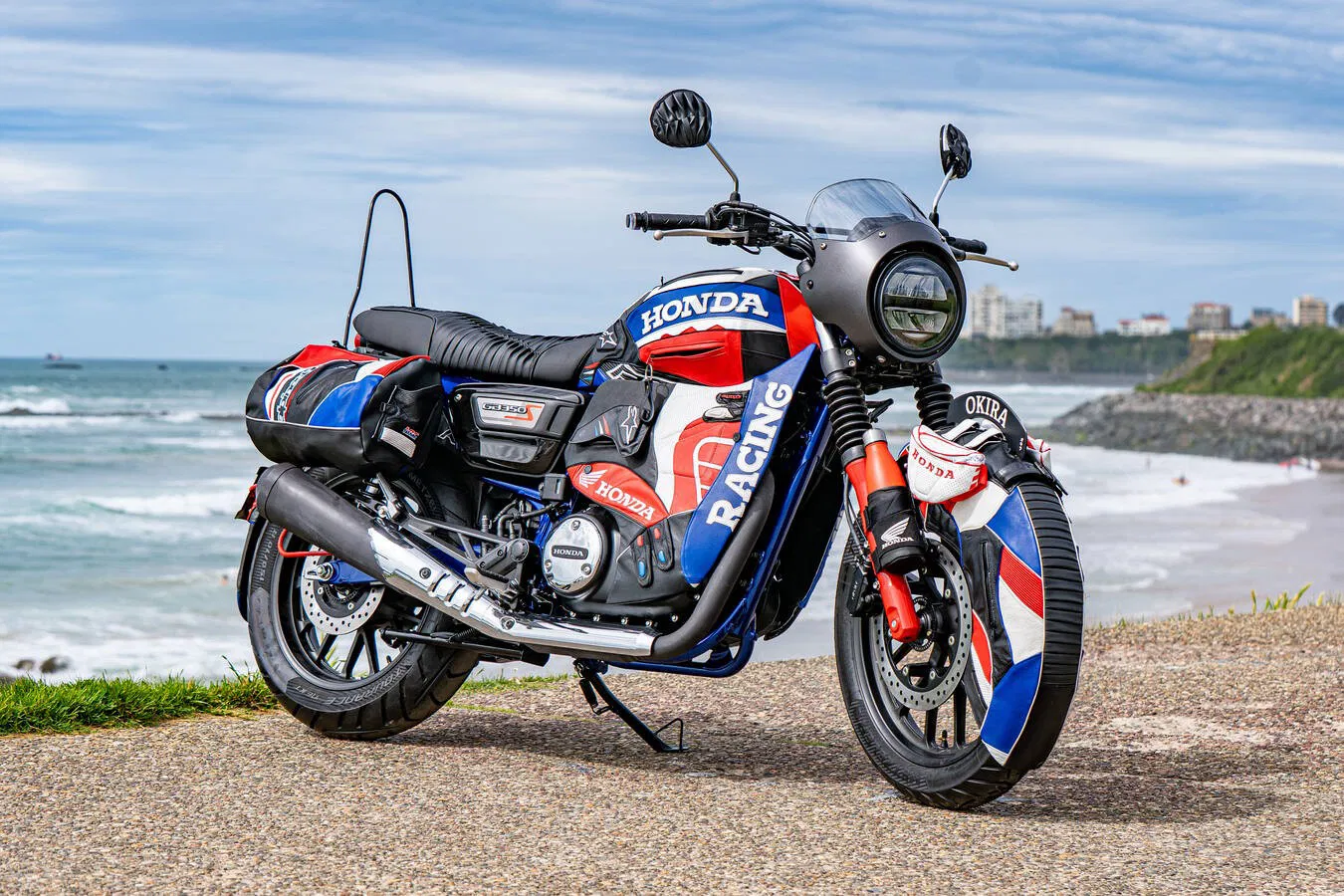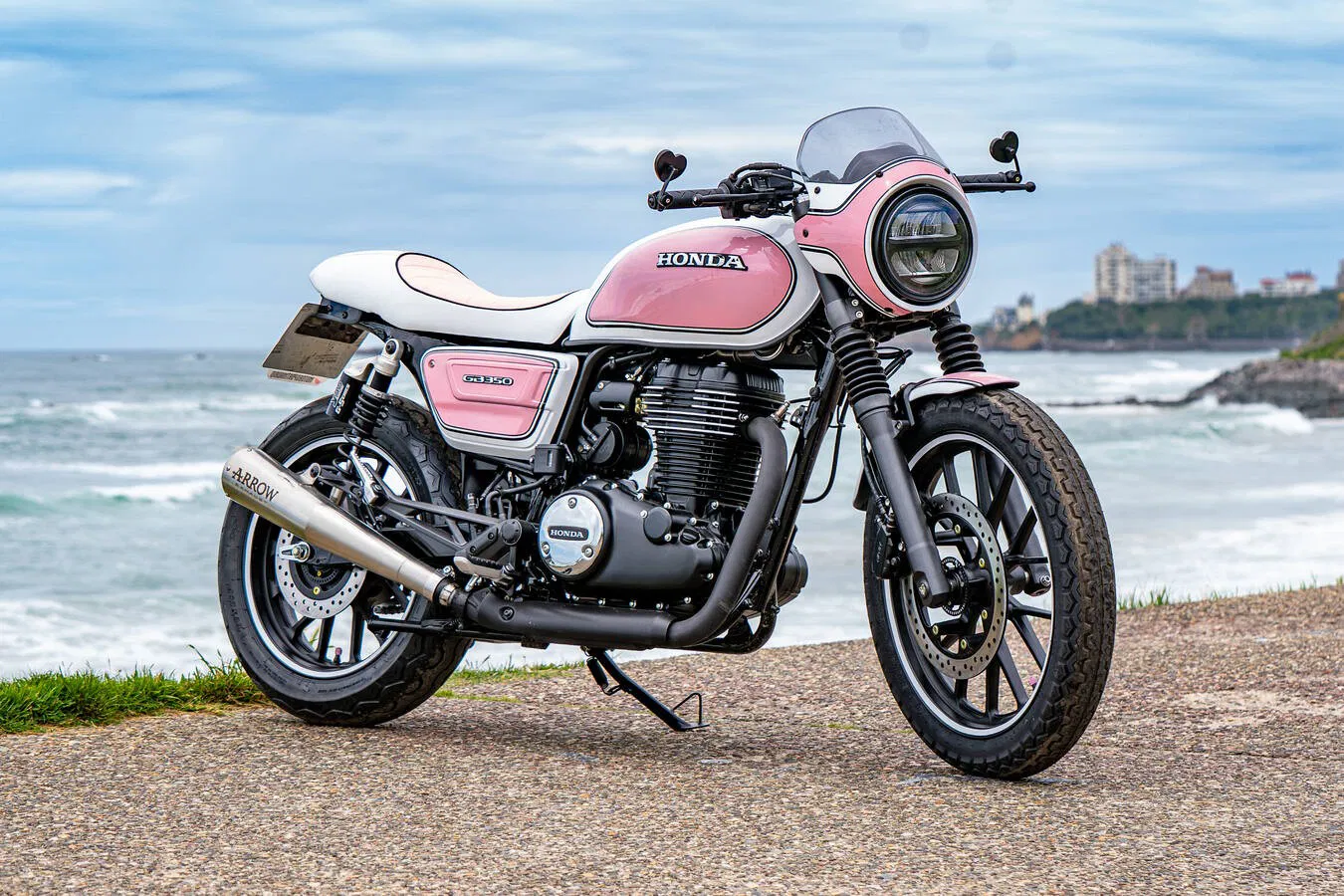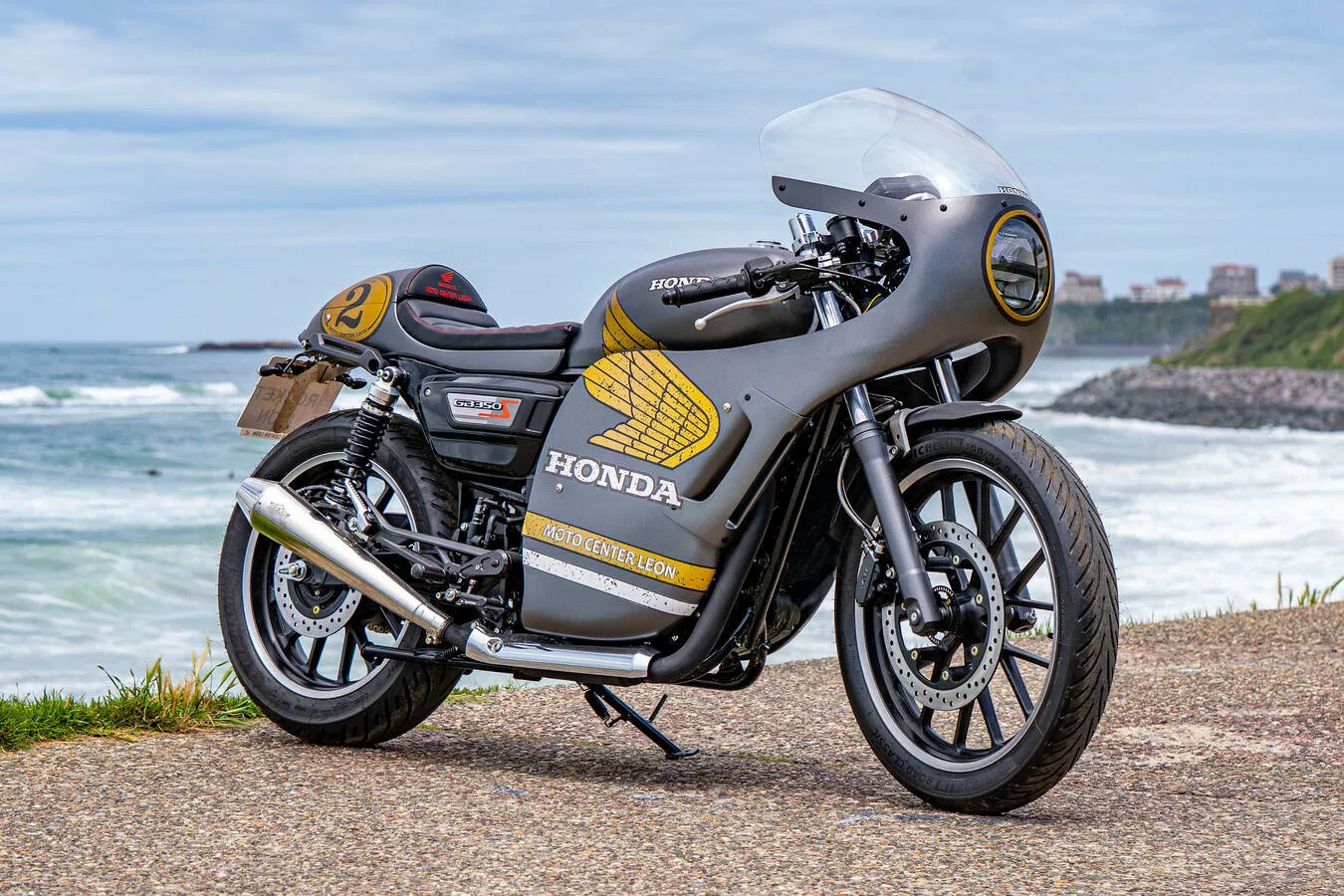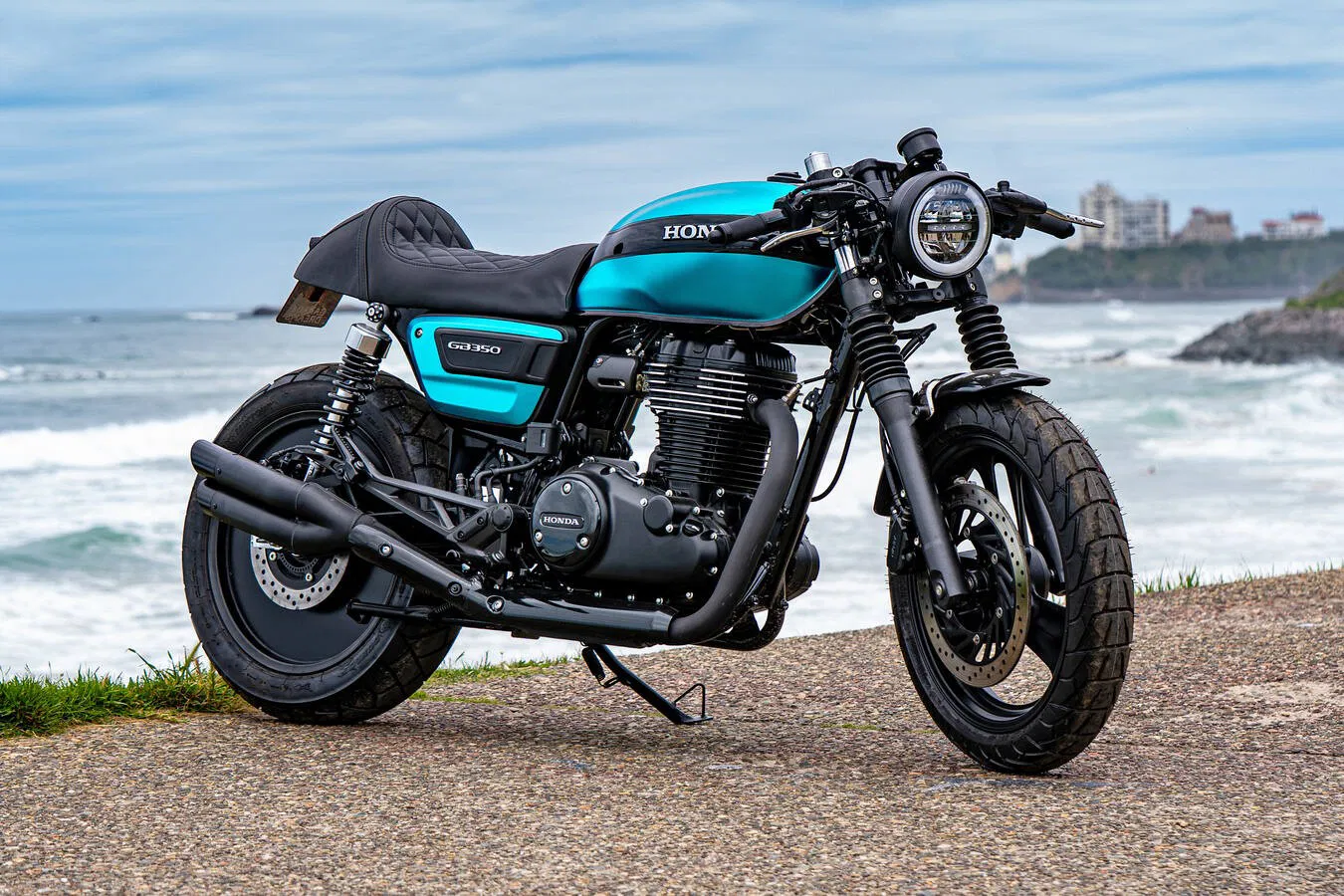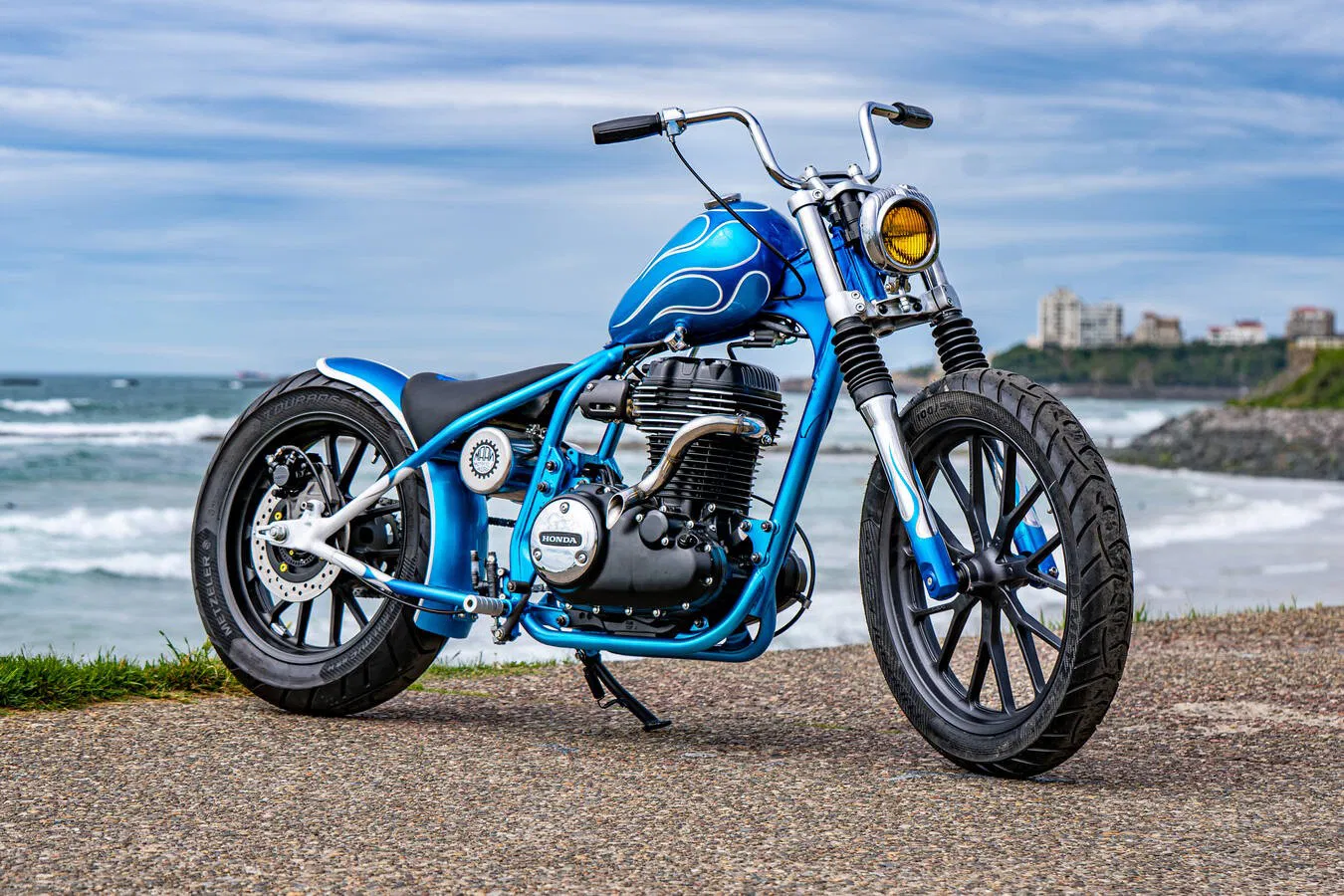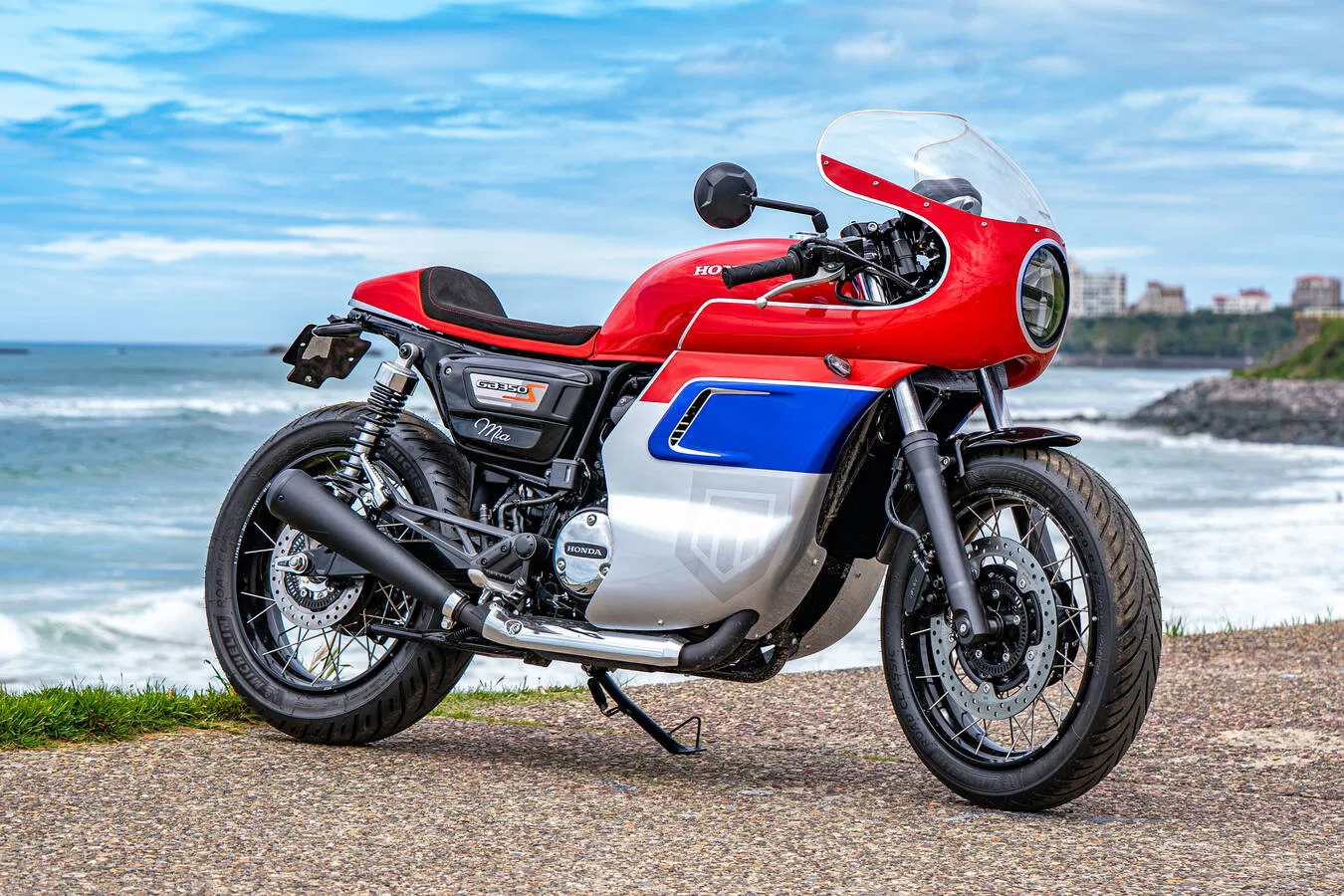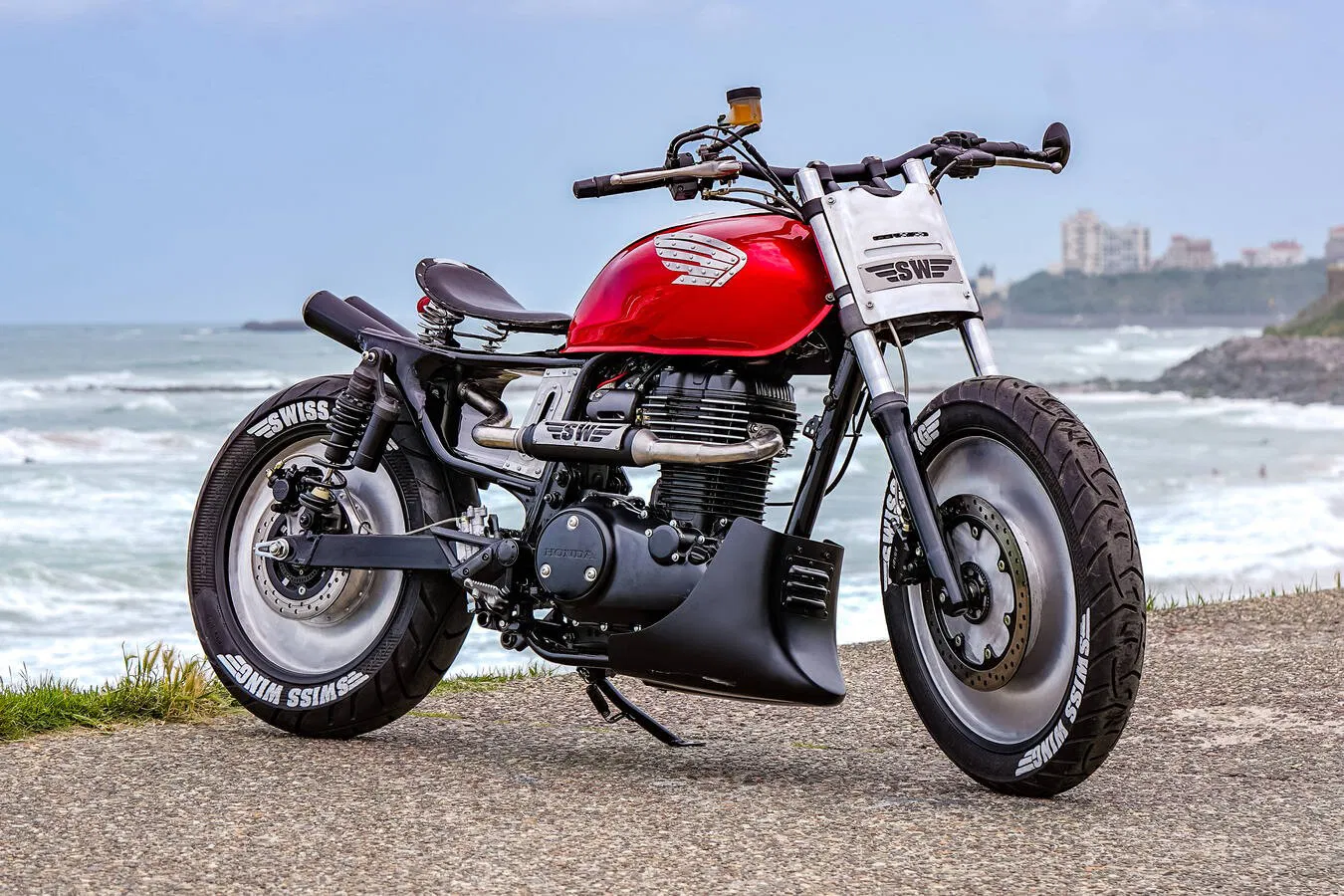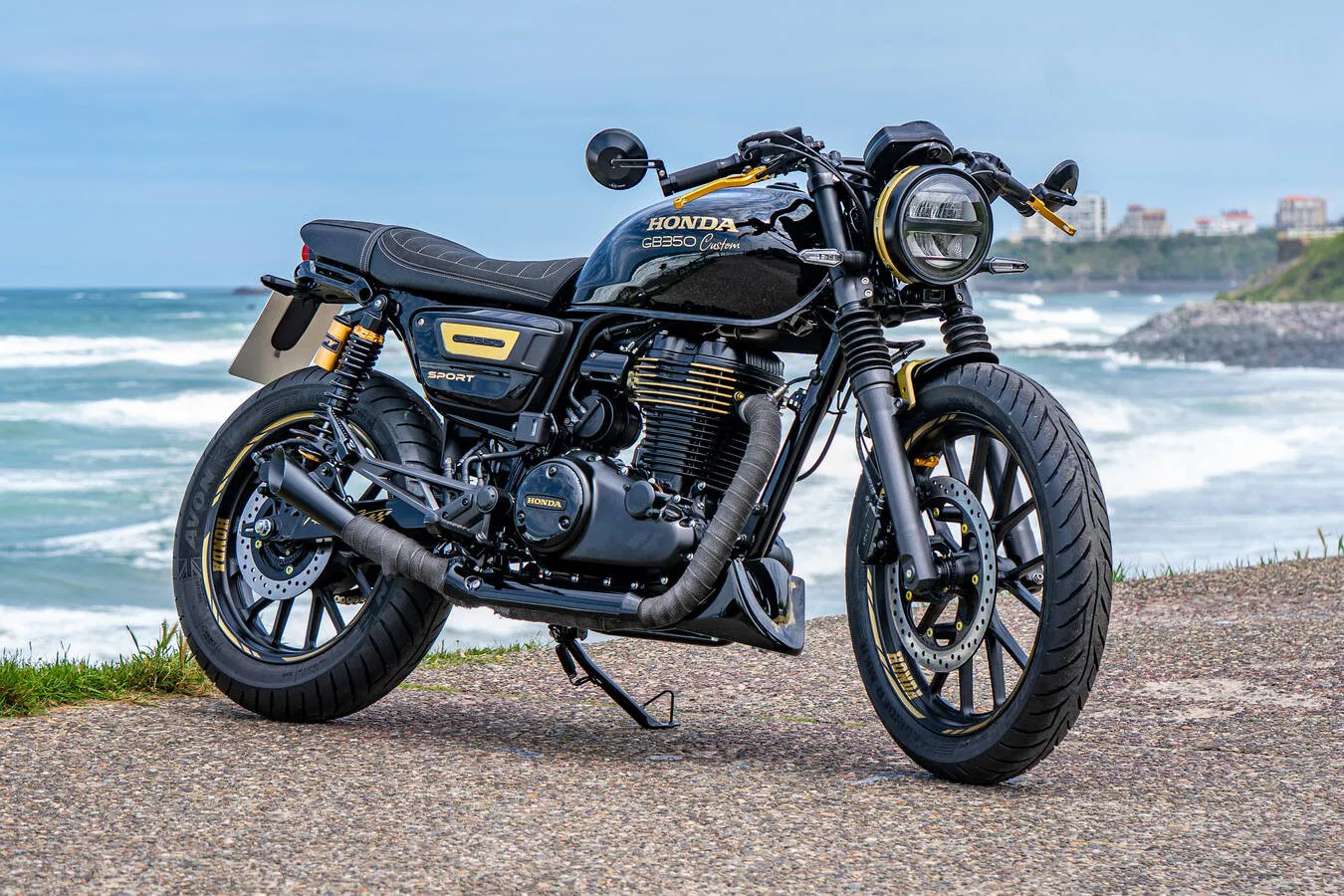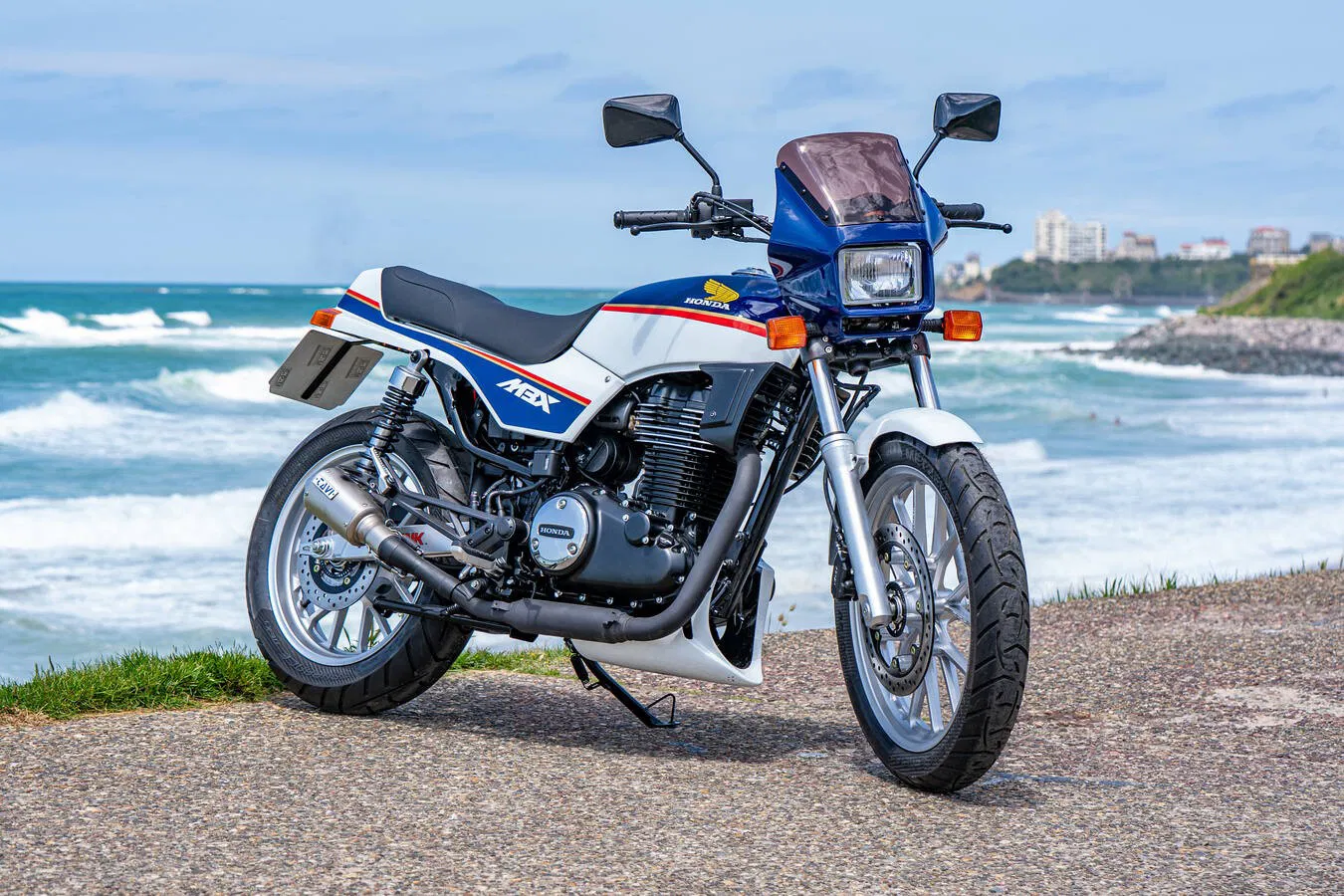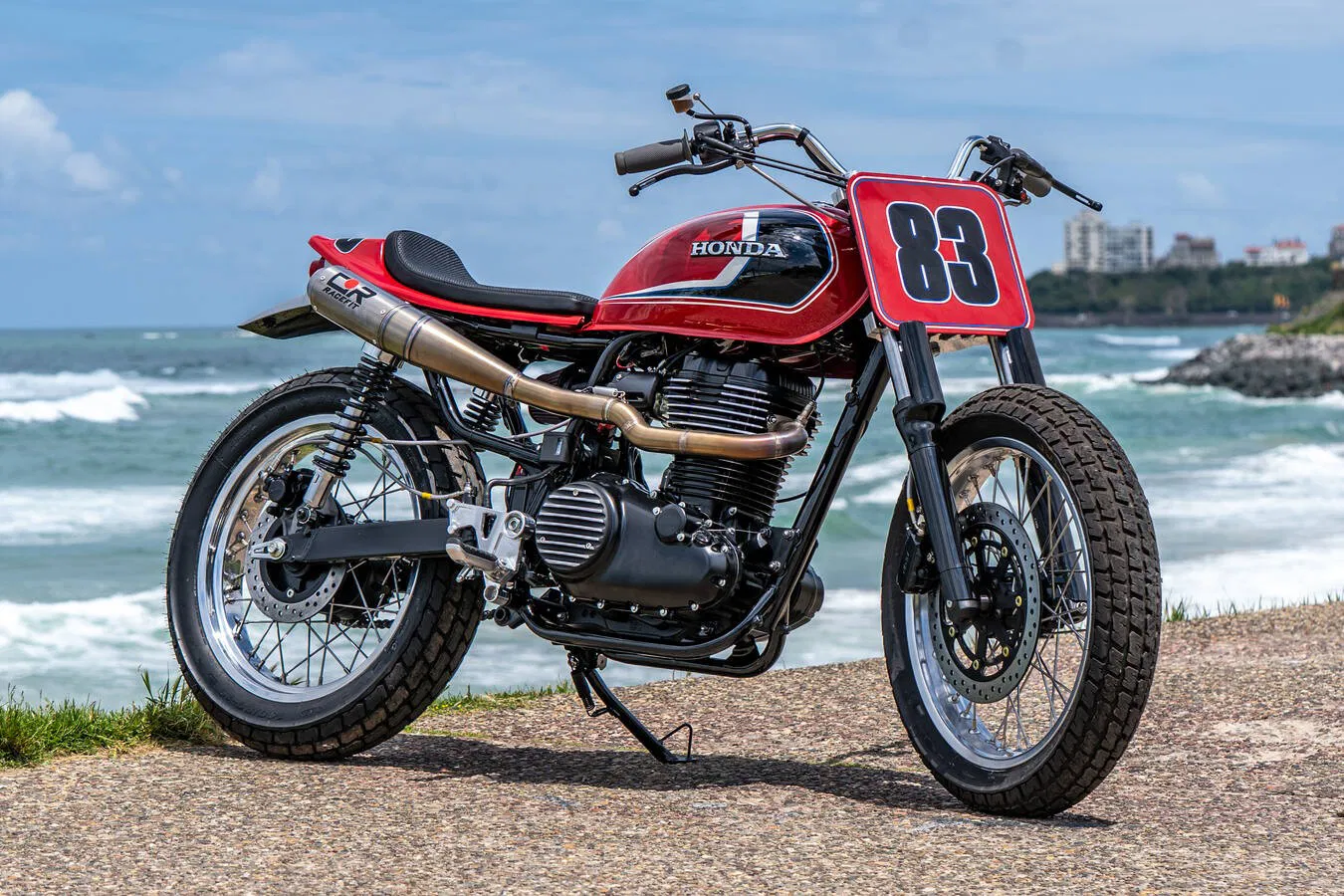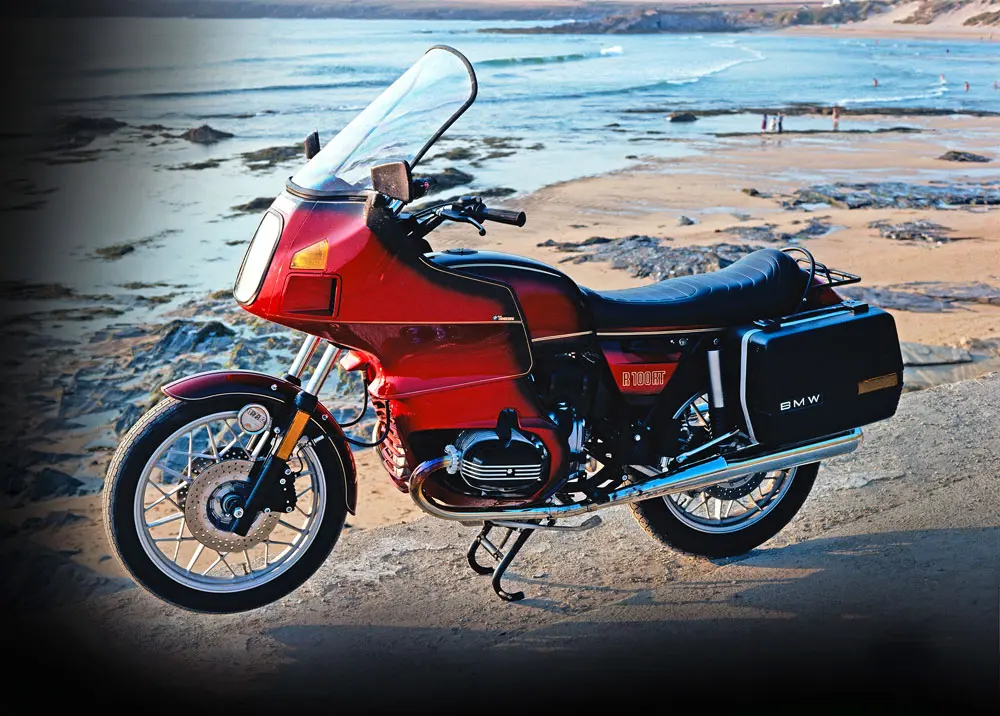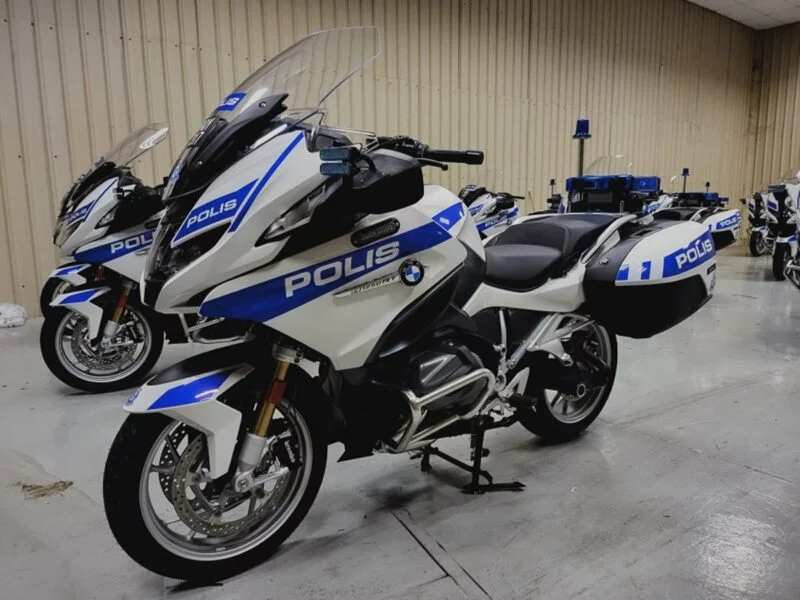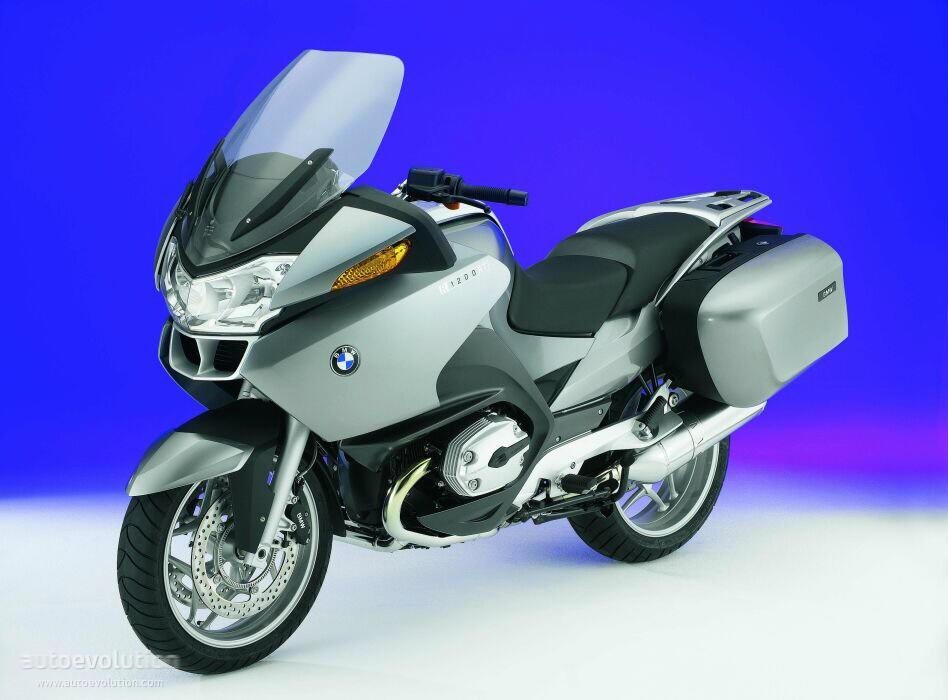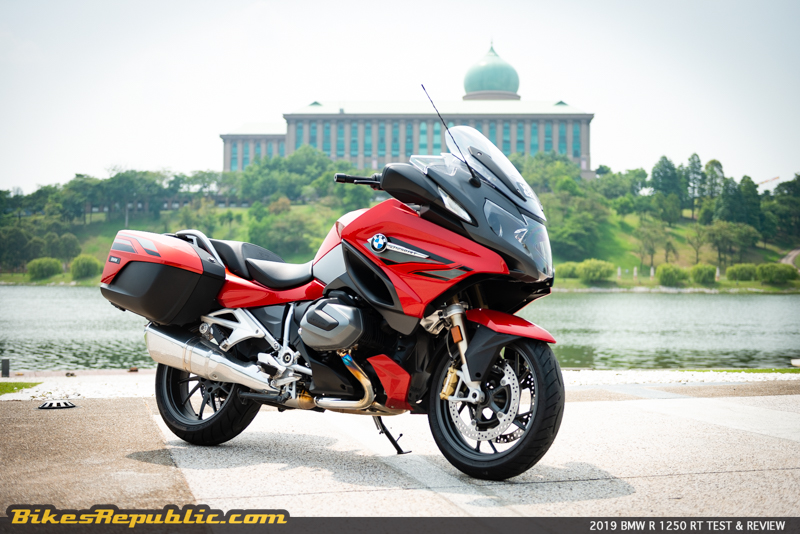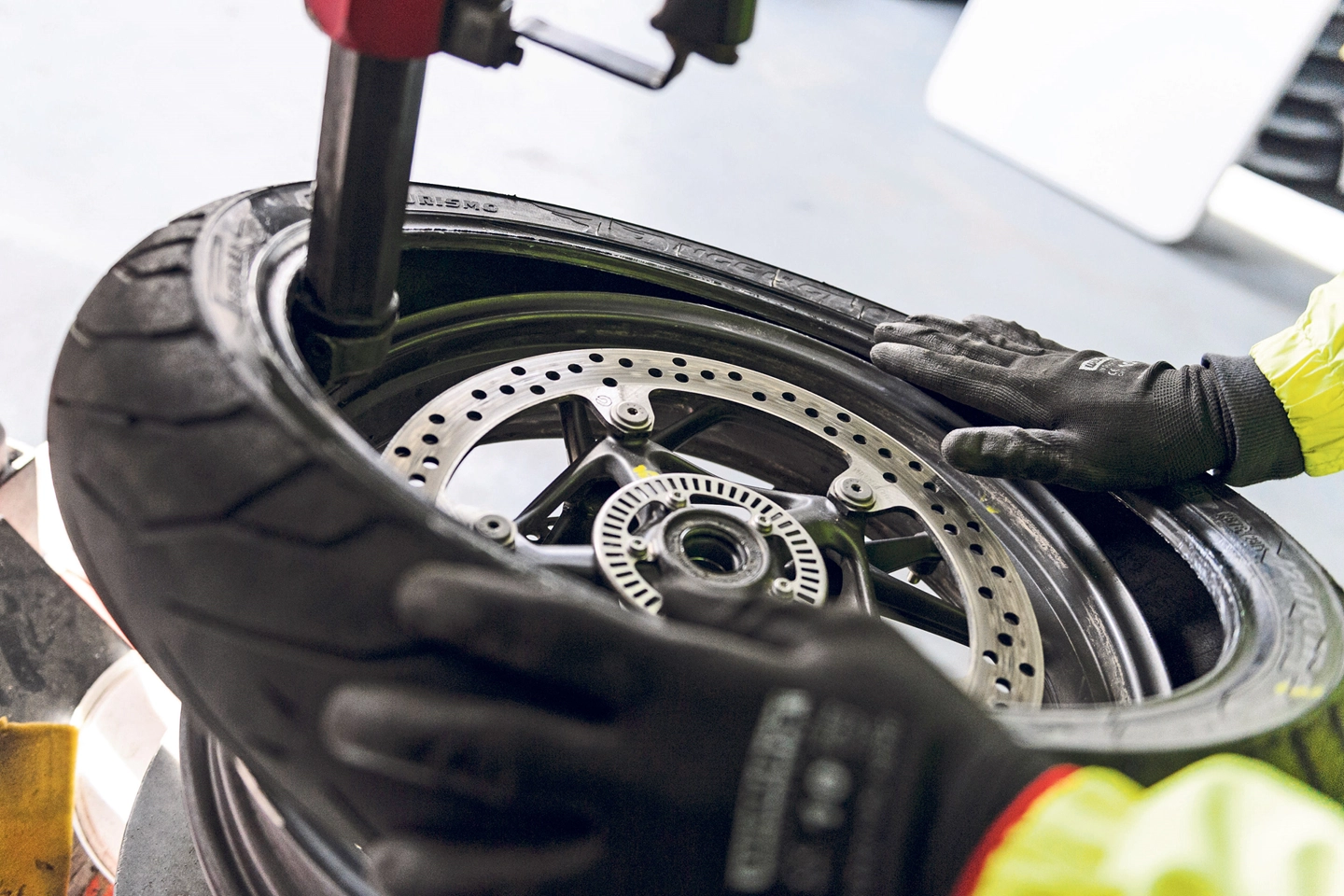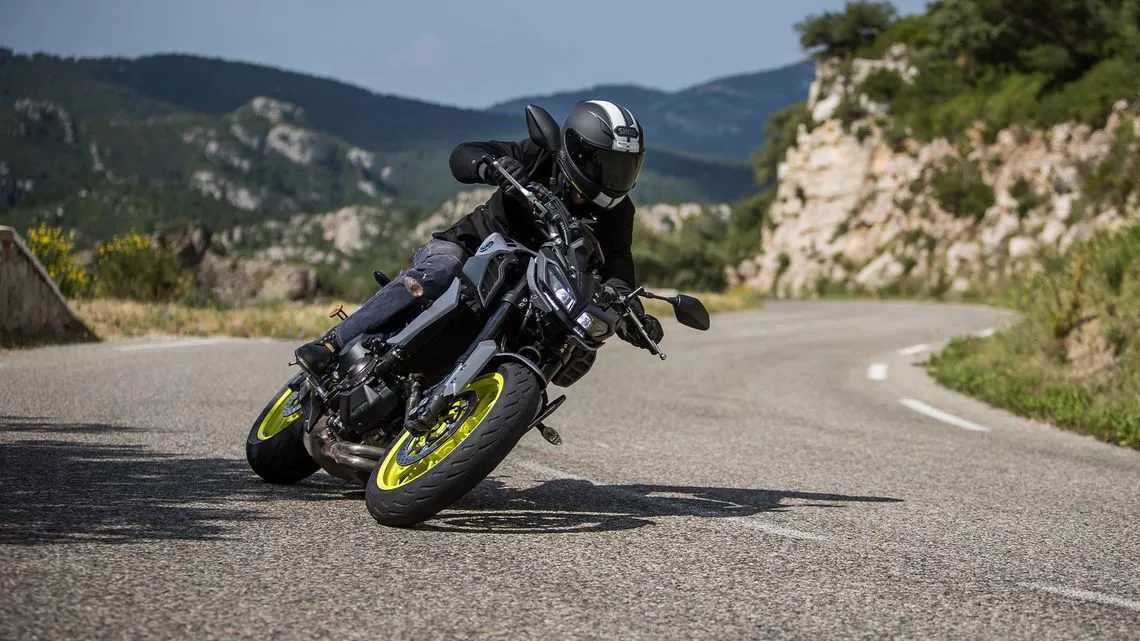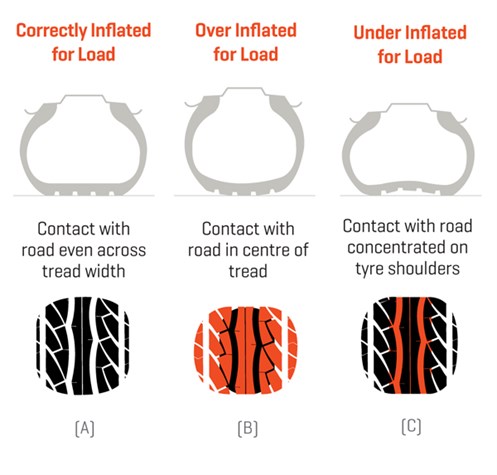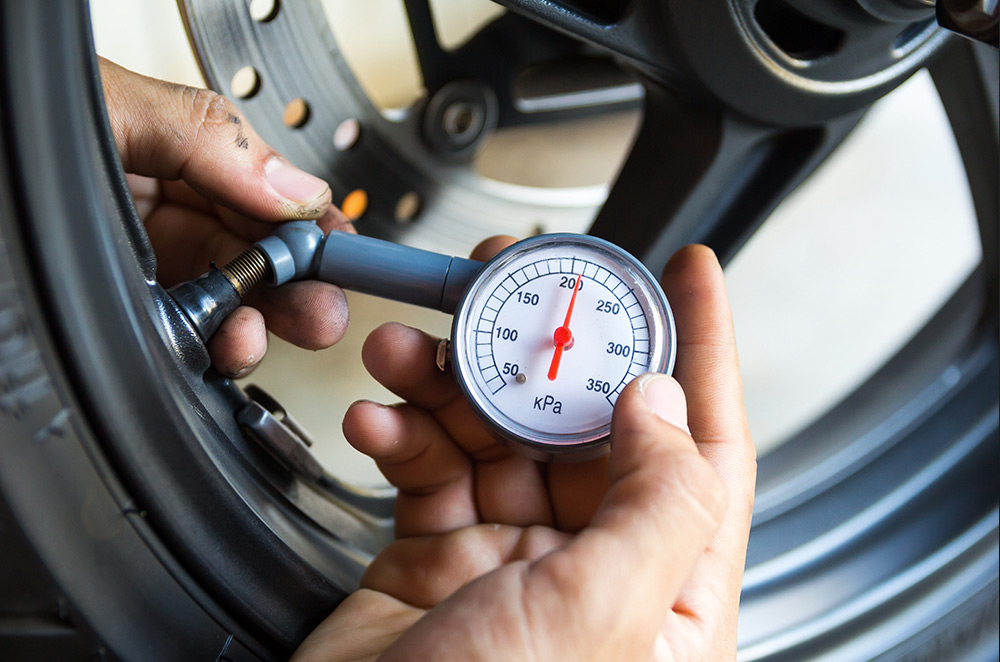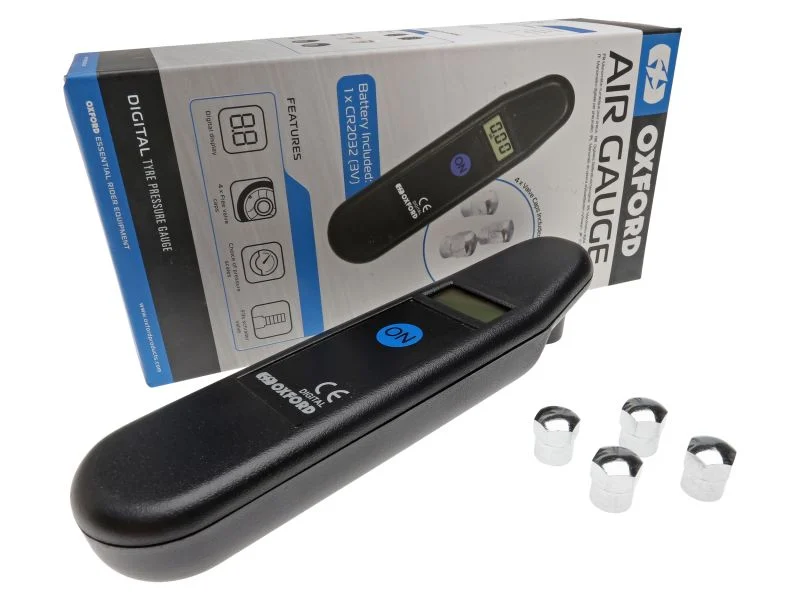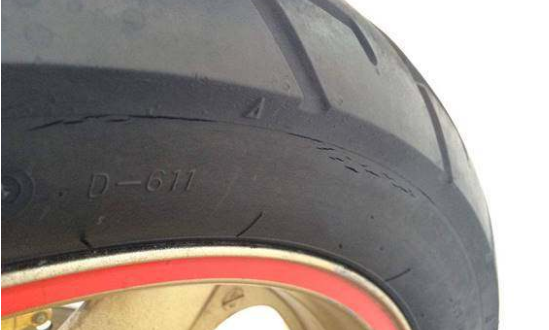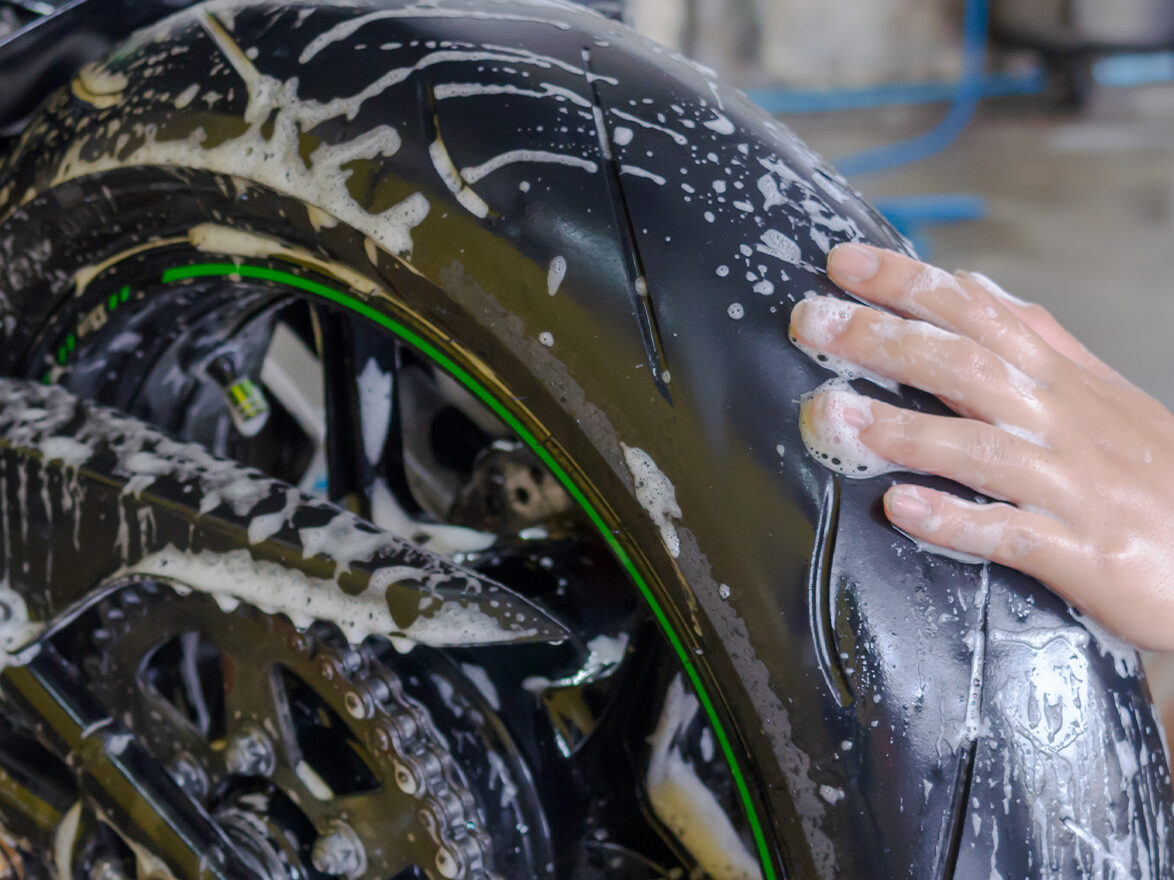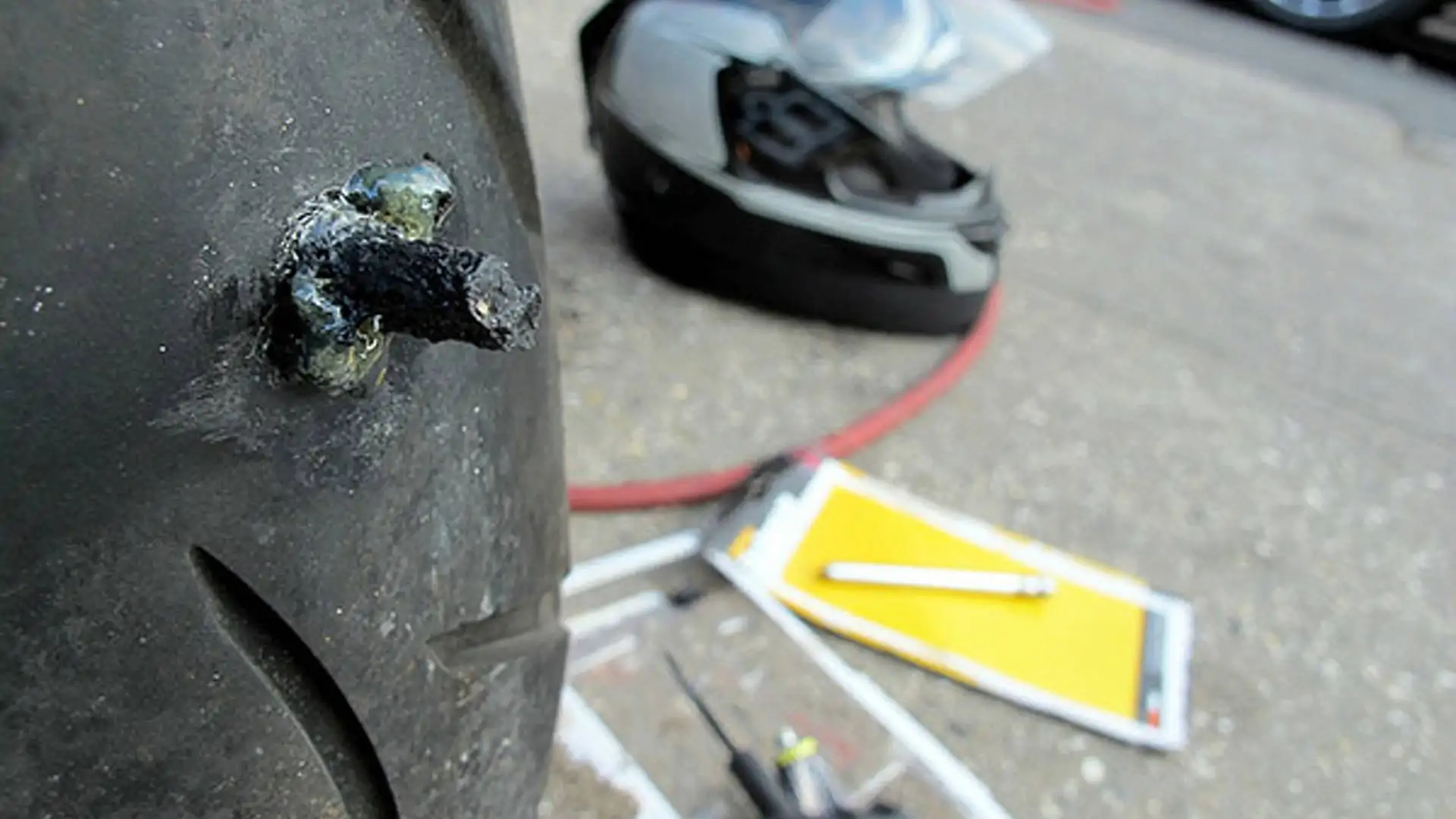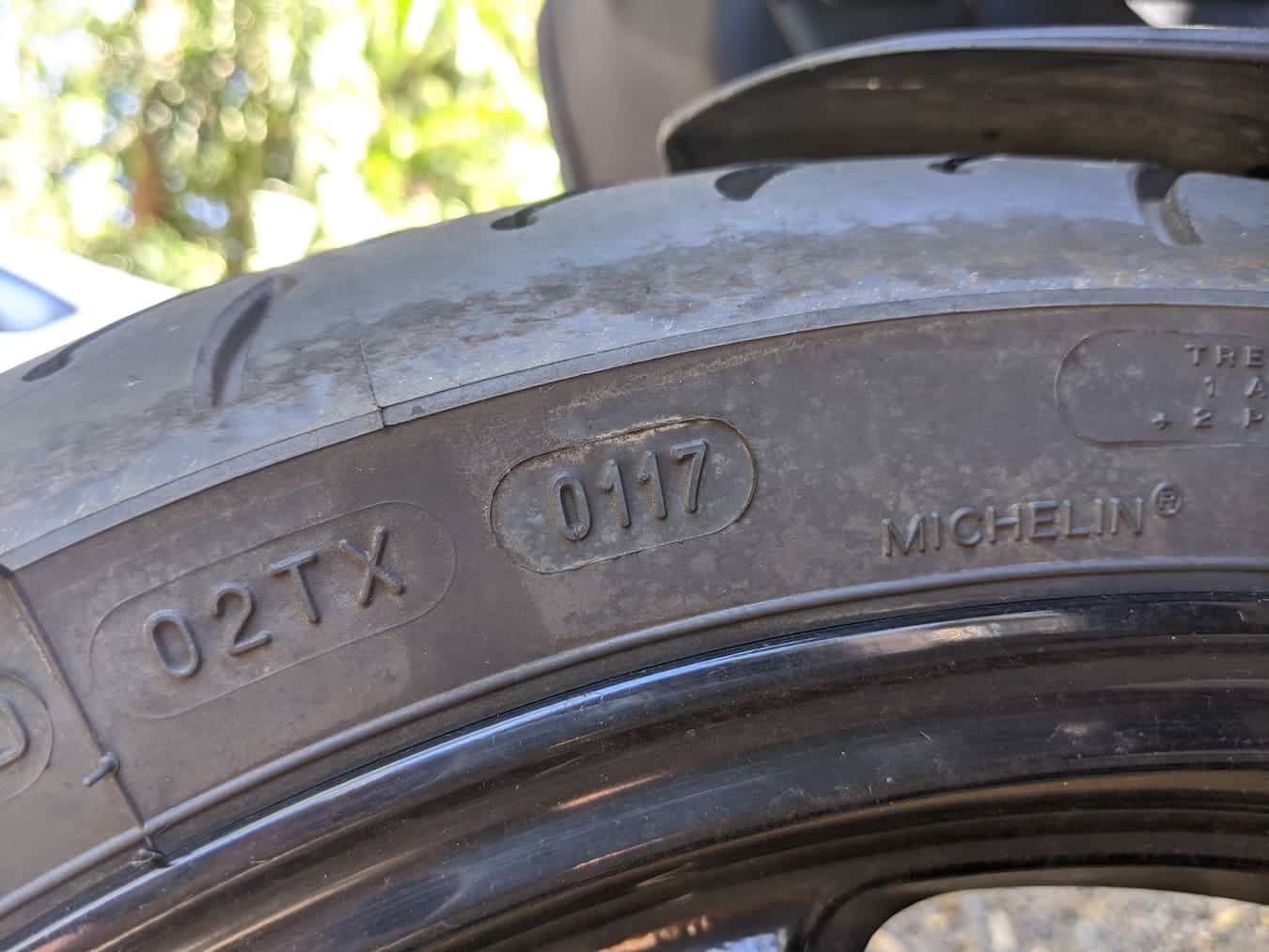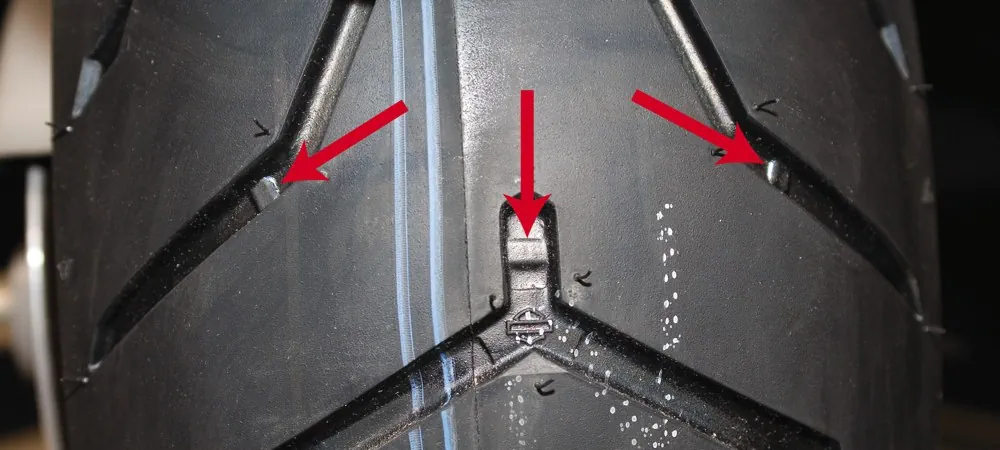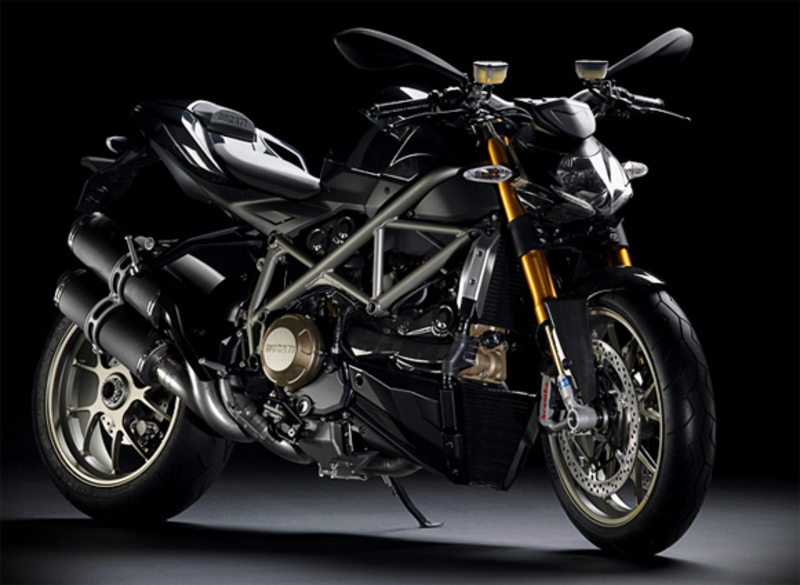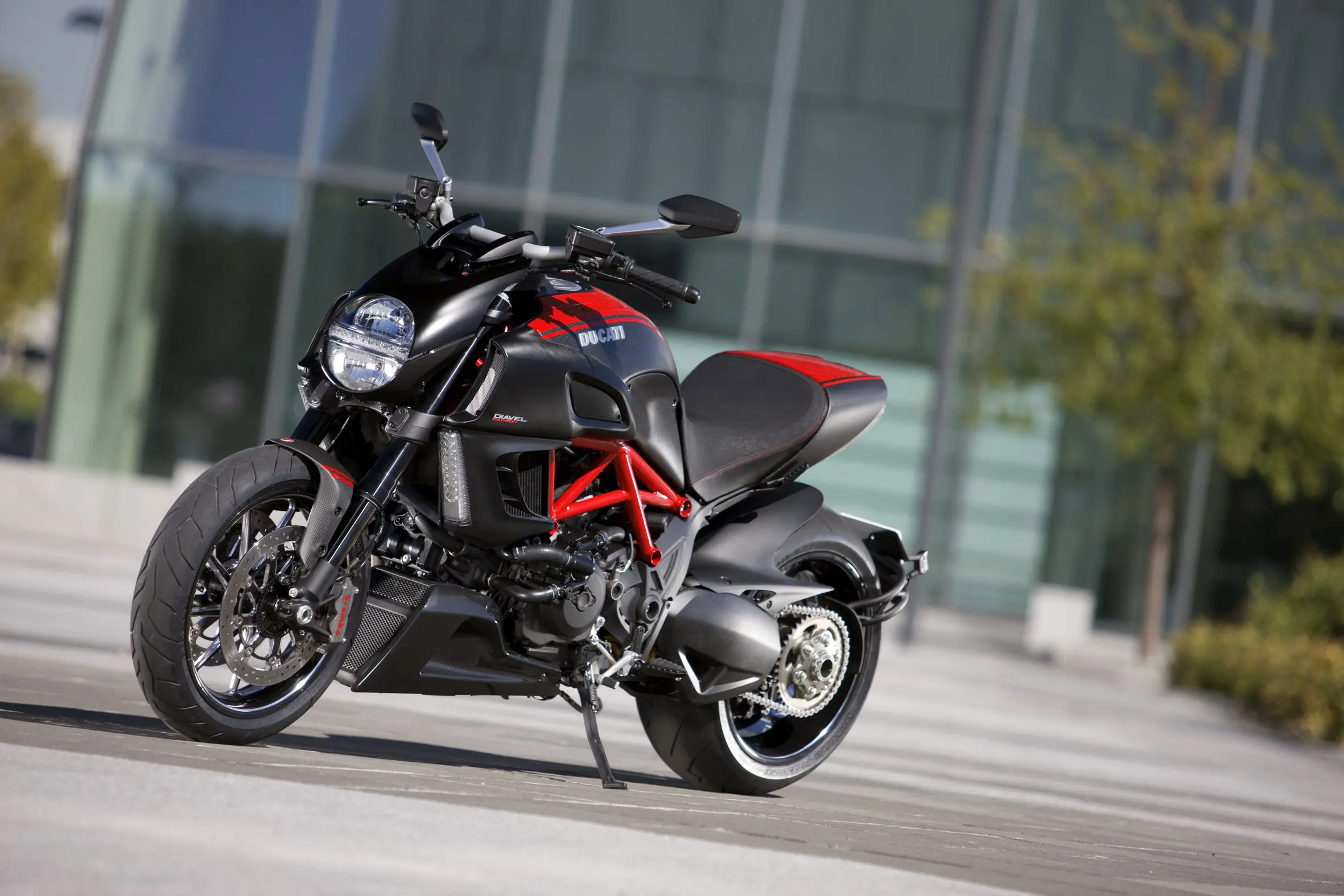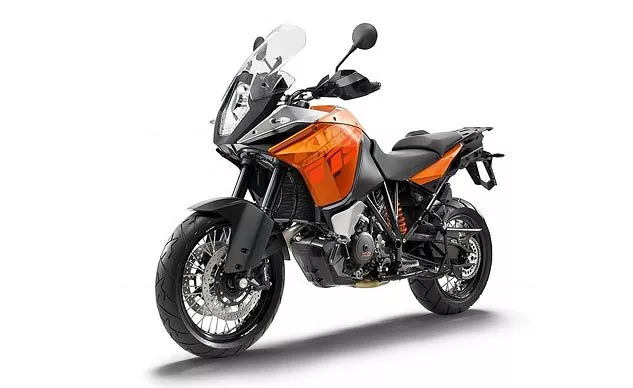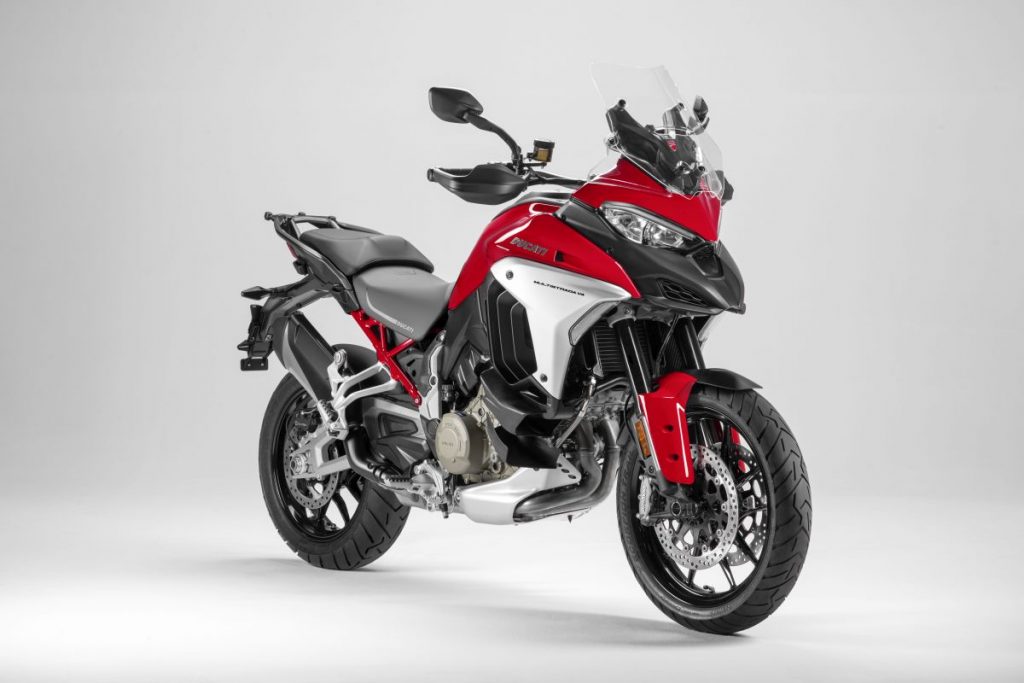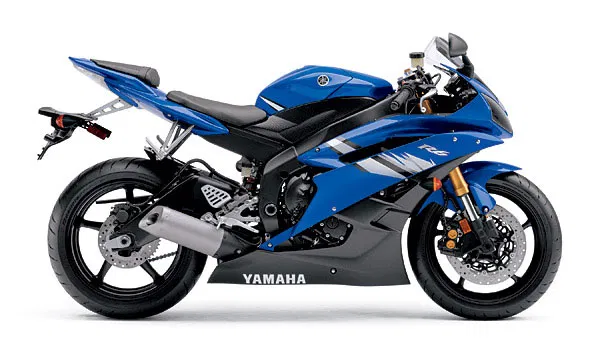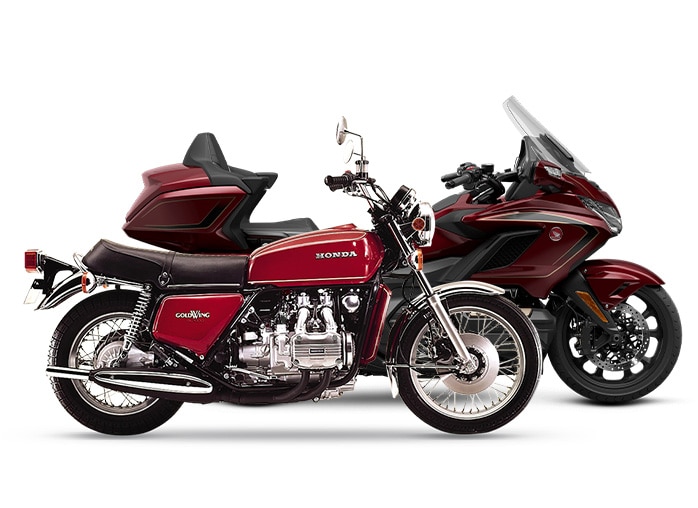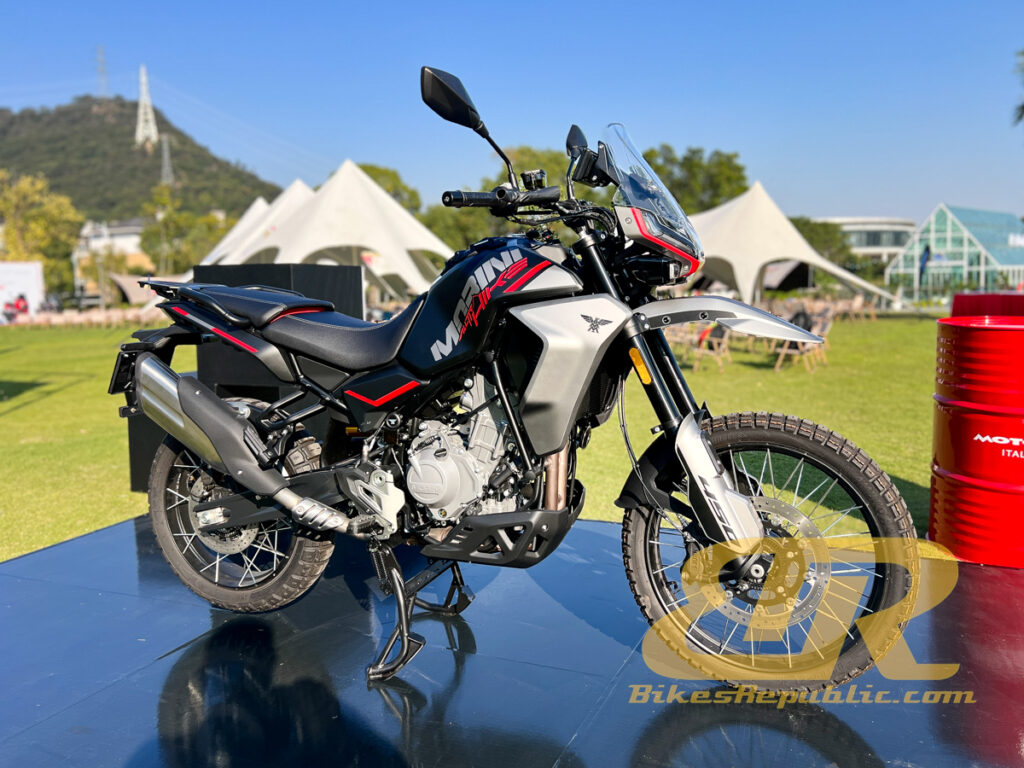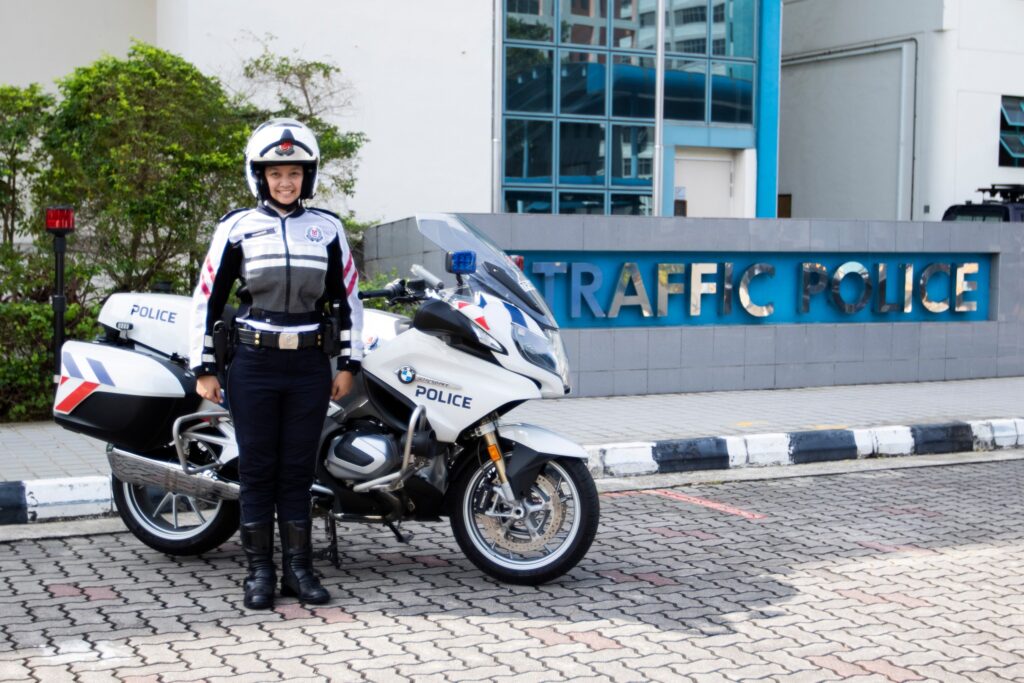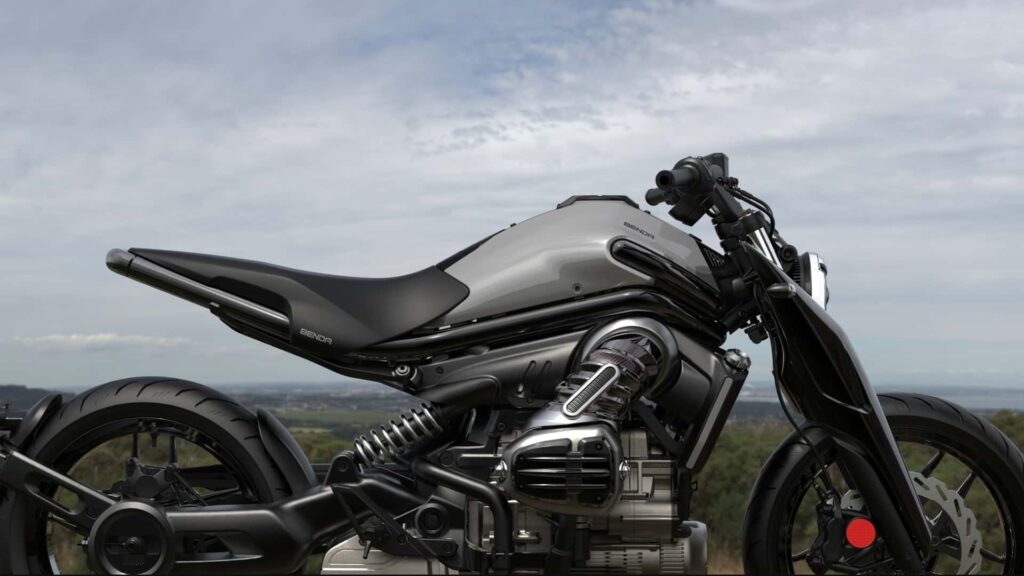There are insurance companies that take your money and give you coverage in the event of an accident or a breakdown. And there are insurance companies that go further than providing simple coverage.
Allianz General Insurance Company (Malaysia) Berhad (“Allianz General”) is one of those companies. In terms of numbers, Allianz Group is one of the biggest insurance providers in the world. It operates in over 70 countries, employs 150,000 people, and serves over 100 million customers globally.
On the local front, Allianz Malaysia Berhad has 32 branches nationwide and offers life and general insurance.
We recently caught up with Sazali bin Abdul Rahman, the Deputy Chief Sales Officer of Allianz General Insurance Company (Malaysia) Berhad, to learn what makes the company tick, how it works with its customers, and how its policies benefit motorcyclists.
Despite his position, Sazali is a humble man. Quick-witted and always with a joke to spare, he has all the facts and figures at the back of his mind. His team had prepared all the important figures for him, yet never once did he glance at the paper during our hour-long interview.
He is also a keen biker, which helps him understand what motorcyclists need on the road.
When asked what makes Allianz Motorcycle Plus different from the rest, he said, “What makes us different from the others is that we basically put a lot of elements and components into the policy, and we don’t charge anything.”
“When you buy a motorcycle policy, there are always things you need to add. You need to add flood coverage, personal accident coverage and such. So, we designed a policy that has all these little components, then offered it for free in one policy.”
Sazali is quick to add that awareness is very important for policyholders. More often than not, we only think about things after they have happened. For example, people usually don’t think about floods. That is why Allianz General has taken it a step further by providing coverage from the start.
That’s not all, though. Sazali also lauds the Allianz Road Rangers service, which is provided for specific Allianz General products. “Allianz is always there to help you when you are in trouble,” says Sazali.
“I want people to experience our service. Insurance companies almost always only help you when you are in trouble or after an incident has happened, but not Allianz. Even our claim approval rate is quite fast as compared to some of the industry peers,” he adds.
We wanted to know more about the flood coverage though, so we probed further.
Sazali is keen to explain, “In the event of a flood, we will provide RM1,000 to the policyholder for motorcycles below 250cc if the motorcycle is damaged due to flood. On top of that, there is also full flood coverage. So, if your motorcycle is washed away by a flood, we will pay you a full sum for the recommended value of the affected motorcycle, and on top of that, we will also pay the aforementioned RM1,000 as flood relief.”
How is this different from other insurance providers? Well, for starters, the full flood coverage is offered as part of the policy, and you don’t have to pay extra for it. You also get the RM1,000 flood relief.
On the topic of Allianz Bike Warrior, it was the first of its kind in the market when it was first introduced. It helps by providing roadside assistance for motorcycles above 250cc and has now evolved into a household name.
However, Allianz General and the people behind the company are not the ones to sit on their laurels; in fact, they are constantly evolving. “We are now looking into how we can amplify the Bike Warrior program further because I think we now have new technology with EV bikes coming, so we are exploring that possibility as well,” explains Sazali.
On a final note, we also asked Sazali about how fast it takes to make a claim because we have heard some horror stories from the industry about claims taking weeks and months to be approved.
“It is super easy to make a claim with Allianz. We have a dedicated mobile application called MyAllianz, where the claimant can see the progress of a claim. You can see when your chosen workshop has submitted a claim, what the progress is like and the status of everything. There is no manual intervention.”
Addressing claim processes, Sazali emphasised efficiency: “Our Fast Track claim process ensures an adjuster is assigned immediately upon claim notification, and the claim is approved immediately following the inspection. The only time there might be a delay is when there is a parts delay or an error from the workshop, which has nothing to do with the insurance company,” he explains.
Before ending though, Sazali also pointed out that Allianz General is one of the only insurance companies that directly engages with road users to enhance road safety. Working with Miros, Allianz General provided free Sirim-approved replacement helmets to motorcyclists.
Insurance companies are usually cold fronts that seemingly do nothing but take our money. This interview provided a refreshing perspective on what goes on behind the scenes, the challenges involved, and the warmth of the people behind the company.
So, the next time you need to renew your insurance policy, you know where to look.





